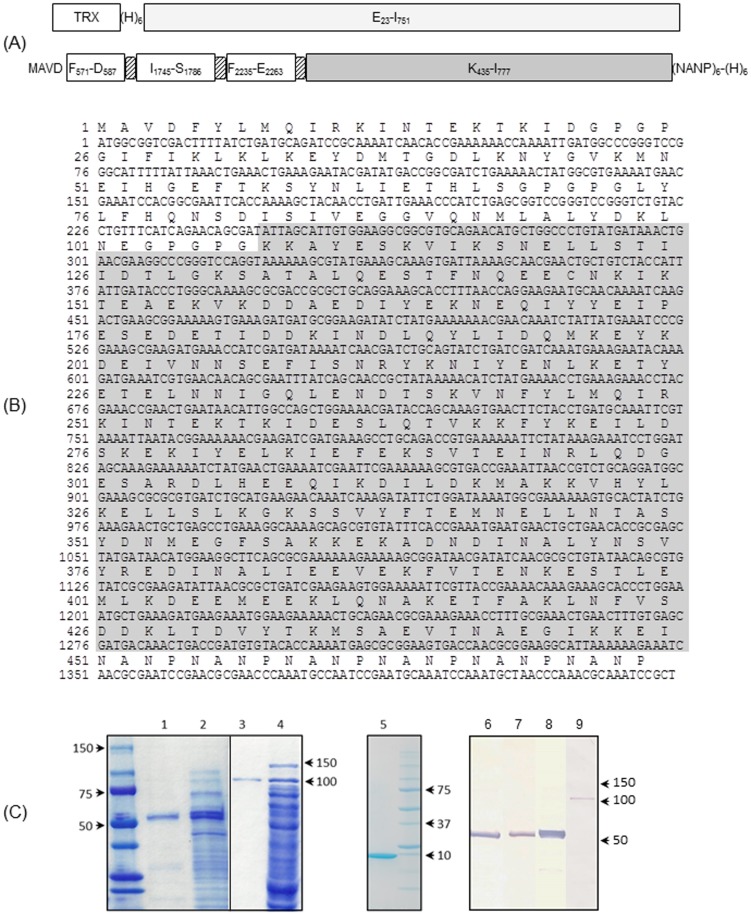Figure 1. Schematic representation (A) of the recombinant proteins reported here.
The control protein PvRBP123-751 was expressed as an amino terminal thioredoxin (TXR)/6-histidine double fusion protein. PvRMC-RBP1 recombinant protein includes the promiscuous T cell epitopes FYLMQIRKINTEKTKID, IFIKLKLKEYDMTGDLKNYGVKMNEIHGEFTKSYNLIETHLS and LYLFHQNSDISIVEGGVQNMLALYDKLNE interspaced with GPGPG spacers and fused to the P. vivax RBP1 region K435-I777 Belem strain. Six copies of a P. falciparum sequence, derived from the repeat region of the circumsporozoite protein (NANP)6 were included at the C-terminus for biochemical characterization and to provide a secondary tag for protein purification. PvRMC-RBP1 also includes a C-terminal His tag that was added to the protein via the expression vector. (B) Sequence of the PvRMC-RBP1 protein. The amino acid sequence is shown in single letter code. The sequence enclosed in a gray box represents the K435-I777 fragment. The carboxyl terminal (H)6 tag provided by the vector was not included in the sequence. (C) SDS -PAGE of the purified PvRMC-RBP1, PvRBP123-751 and thioredoxin proteins expressed in E. coli BL21 (DE3). The panel to the left is a composite of two gels as indicated by the solid line. Coomassie stain after SDS-PAGE separation, column purified proteins and total bacterial lysate are shown for PvRMC-RBP1 separated on 4–15% gradient gel (lanes 1 and 2) and PvRBP123-751 separated on a 10% gel (lanes 3 and 4) and column purified thioredoxin separated on a 4–20% gradient gel (lane 5). The molecular weight markers (BioRad) are indicated. Western blot analysis of the purified PvRMC-RBP1 (lanes 6–8) and PvRBP123-751 (lane 9) incubated with sera samples from mice immunized with a synthetic peptide representing the T cell epitope L2235-E2263 (lane 6), a synthetic peptide representing the T cell epitope I1745-S1786 (lane 7) or an anti-6X His tag monoclonal antibody (lanes 8 and 9). No reactivity was observed with sera from mice immunized with adjuvant alone or with sera from mice immunized with synthetic peptides against the control protein (data not shown).

